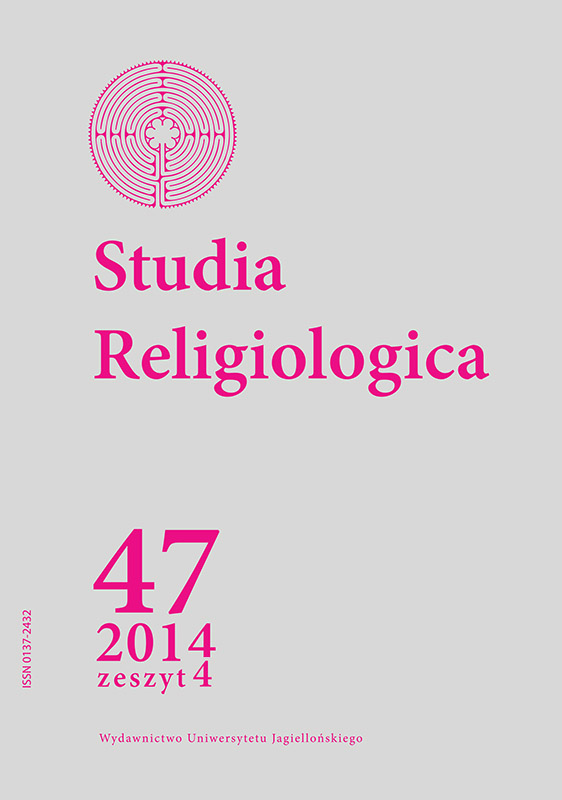The Quasi-Linguistic Structure of Iyengar Yoga Āsana Practice. An Analysis from the Perspective of Cognitive Grammar
The Quasi-Linguistic Structure of Iyengar Yoga Āsana Practice. An Analysis from the Perspective of Cognitive Grammar
Author(s): Matylda CiołkoszSubject(s): Theology and Religion
Published by: Wydawnictwo Uniwersytetu Jagiellońskiego
Keywords: Iyengar; Modern Postural Yoga; āsana; enactivism; cognitive grammar; ritual
Summary/Abstract: The objective of the paper is to draw attention to the possible relevance of the categories of cognitive linguistics for the structural analysis of ritual. Taking the Iyengar Yoga āsana practice as an example, the author proposes to treat it as a quasi-linguistic phenomenon and analyses the symbolic structure of its elements (single āsanāni). The tools applied in this pursuit are the basic categories of Langacker’s cognitive grammar. By pointing to the key tenets of cognitive linguistics, including the claim concerning the symbolic (and, thus, semantic) nature of grammar, the author attempts to rephrase Staal’s thesis concerning the meaninglessness of ritual to accommodate it to the cognitive (or, more precisely, enactive) paradigm. She suggests a possible relationship between the schematic symbolic nature of ritual and the specific symbolic nature of doctrine. After some of the most salient linguistic phenomena within Iyengar Yoga āsana practice are described, their coherence with certain doctrinal interpretations is briefly discussed.
Journal: Studia Religiologica. Zeszyty Naukowe Uniwersytetu Jagiellońskiego
- Issue Year: 47/2014
- Issue No: 4
- Page Range: 263-273
- Page Count: 11
- Language: English

